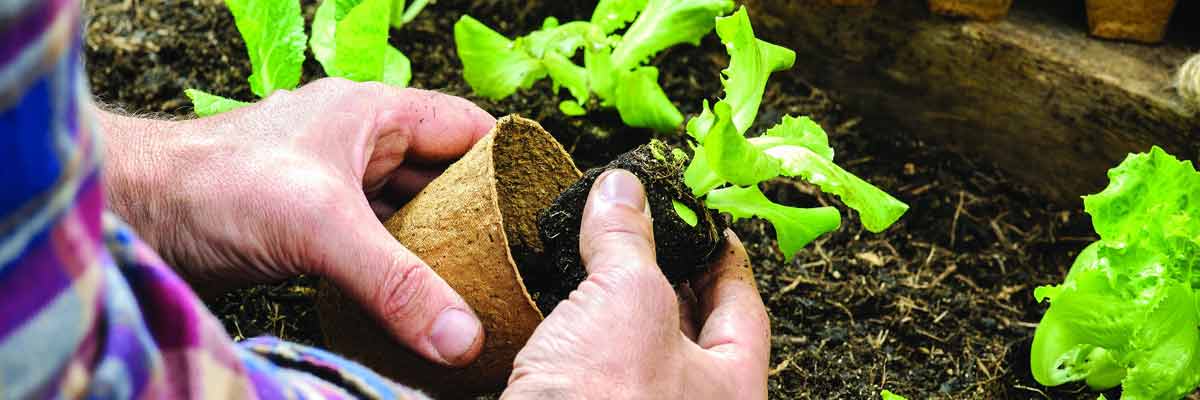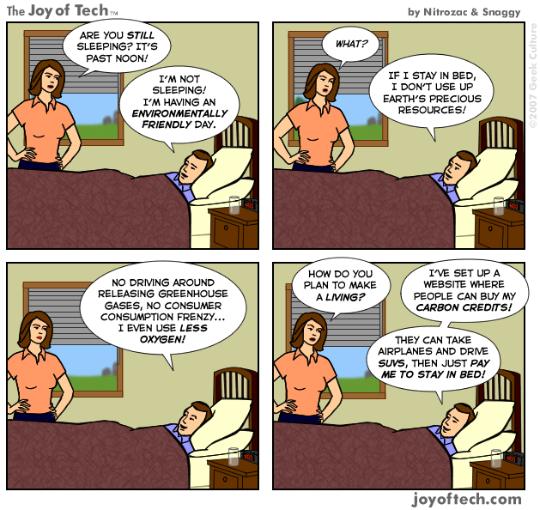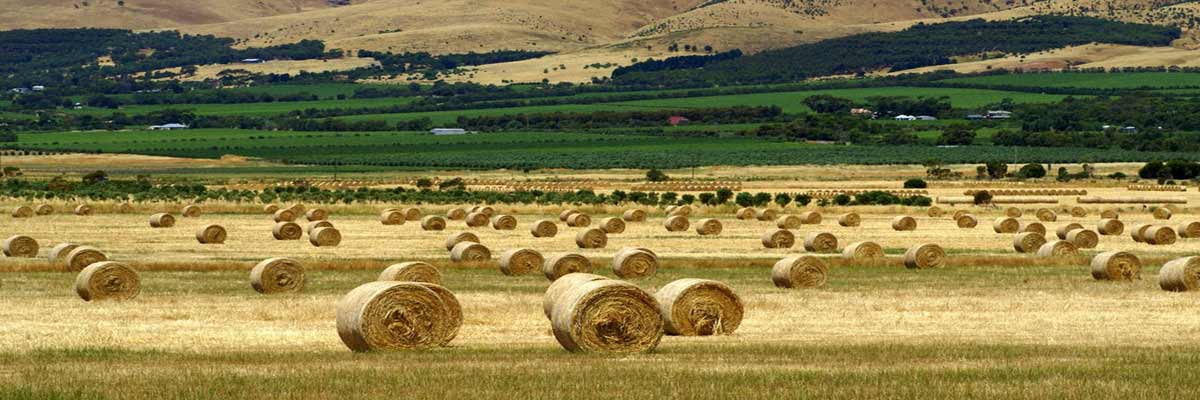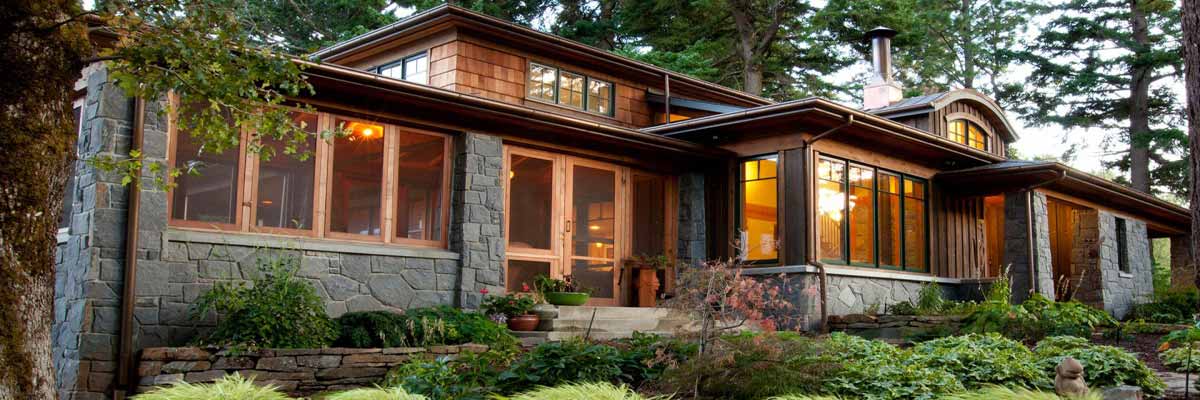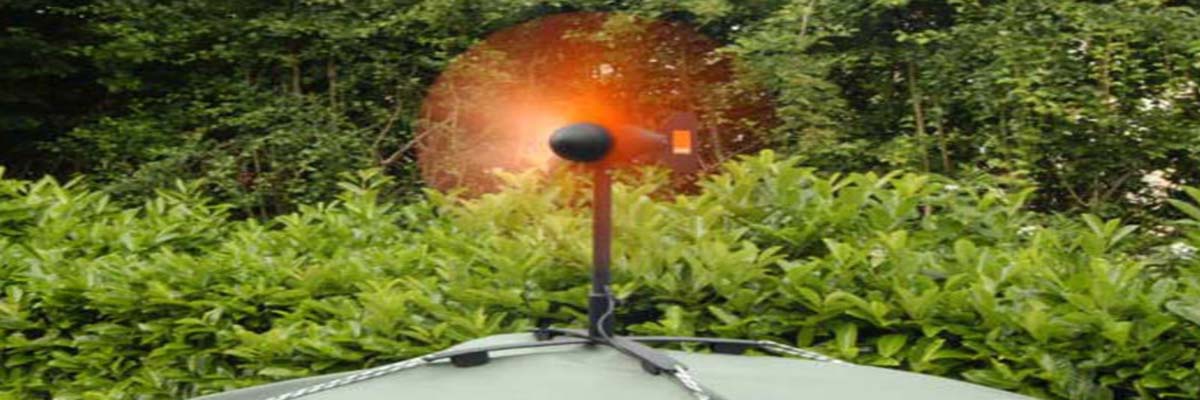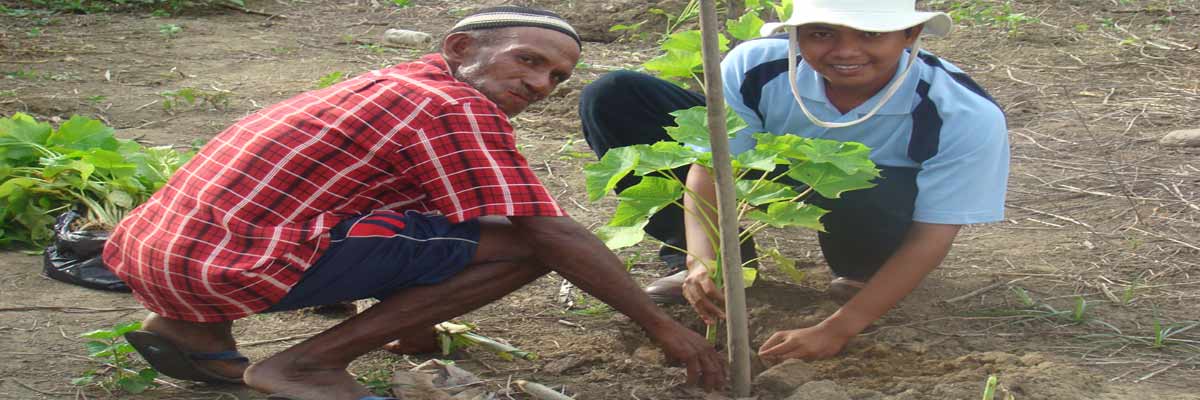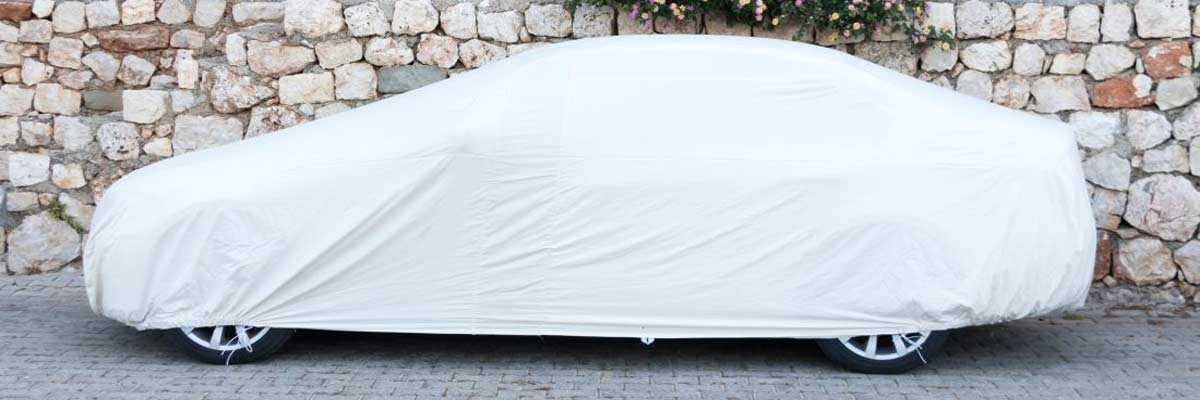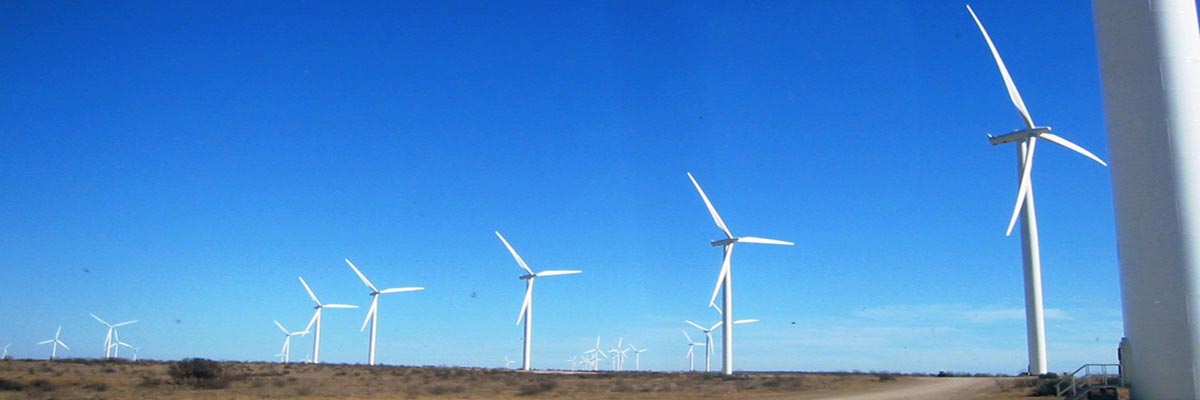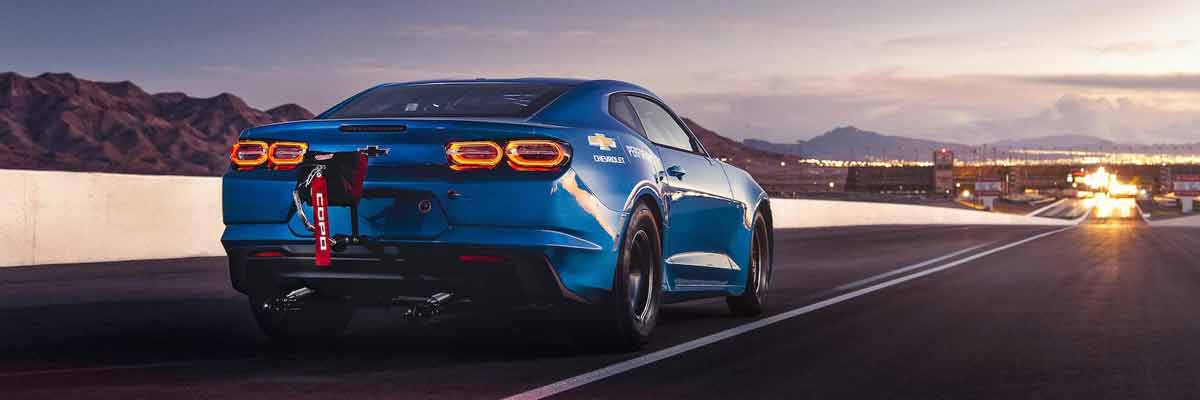300 Organic Gardening Tips
If you are just getting started with organic gardening perhaps you should look over these tips to help you get started.
Some of my favorites include:
Mulch your flower beds and trees with 3″ of organic material – it conserves water, adds humus and nutrients, and discourages weeds. It gives your beds a nice, finished appearance. (mulching is sooo important)
Think “biodiversity”. Using many different kinds of plants encourage many different kinds of beneficial insects to take up residence in your yard.
To deter deer from grazing in your landscape, try placing strongly scented bar soap, or human hair, around your plants. The hair can be “recycled” from a salon or barber shop. (this doesn’t work for Iowa deer, but maybe others)
Preparing Australian Agriculture for Rising Energy Costs and Water Insecurity
Don’t let the common first name confuse you. The following is a guest post by Aaron Edmonds. Aaron was a 2002 Australian Nuffield Scholar and researched how broadacre agriculture was going to need to adapt to manage the follow through effects of the Peak Oil crisis. Ironically this Scholarship was initially established by the philanthropist Lord William Nuffield, the inventor of the Morris Minor car, where after the Second World War he saw food supplies dwindle to dangerously low levels in the UK. Aaron farms 2000 hectares in the Central Wheatbelt of Western Australia with his family and is pioneering the development and adoption of low input broadacre agriculture. Many thanks to Aaron for permission to republish this essay.
Preparing Australian Agriculture for Rising Energy Costs and Water Insecurity
A ‘Planet Earth’ Contest!
If you haven’t seen the recently released BBC production of Planet Earth: The Complete Series. You don’t know what you’re missing. This series is an exquisite look at life on Earth in all its spectacular variety and breathtaking wonder.
Whether you watch it simply for the fantastic images masterfully caught on film or use this documentary as a way to educate and inform you and your family about life on Earth, the Planet Earth series is a fantastic portrayal of this wonderful world of nature of which we are all a part. I can’t recommend it more highly. And… we’re giving away five copies.
You can read my entire review of the series here or you can just skip below to our contest.
Your Green Hideout: Five Crazy Cool Eco Spaces For The Ultimate Retreat
When I was younger, I wanted one day to have a Bat Cave just like Bruce Wayne. Then, Batman Begins came out a few years ago and I wanted a cave to call my own all over again. There are some obvious problems with finding such a perfect geological feature to compliment any home — so I’ve lately downgraded my dreams to building the perfect eco hideout instead; the type of place I can wander through backyard woods or across a field in the middle of nowhere to get to. The type of place where you can hunker down for a few weeks at a time and not worry about looking like Tom Hanks halfway through Castaway. Modern, earth-friendly, and cozy — with all the high-tech renewable energy systems and gizmos I can cram into it. Think Thoreau’s cabin at Walden Pond but with an Xbox360, skylights, and solar panels.
Below are four “Eco Spaces” that are unique and perfectly designed to give you the privacy you need without losing any of the comforts. Some are easier — and less expensive — than others, but the end results for all are striking.
Solar Powered Wireless Means Backcountry Internet For Eco Geeks.
So you’ve got the backwoods hobbit house, the flexible solar panel for charging your laptop, and a wind-powered chimney for everything else. Problem is, you’re three acres away from the nearest wireless signal and you’d love to actually get some work done. Up until now, there weren’t many options — besides some homebrew kits — for making it all come together. Thankfully, a company called Meraki has introduced a $549 router/repeater kit powered by solar and capable of forming a WiFi mesh network with other units. Not only does this thing stand up to rain, snow, sleet, wind, hail, and direct sunlight, but it also optionally allows you to charge for people to access your network — including the ability to run ads and other clever marketing.
Right now San Francisco is currently the test market for these solar WiFi networks. Backed by Google, Meraki is making some serious waves in distributing wireless to the world. This innovation will be especially useful for setting up networks in developing countries a good distance away from electricity or network access. The solar kit will be available sometime in late 2007. Stay tuned.
Resomation: Your New High-Tech Option For Eco-Friendly Burial
 I have a fascination with eco-friendly burial here on Groovy. Mainly because I’ve learned too much about the ‘traditional, modern’ methods and I’ve been scared shitless about what might be done to my body after I’ve passed. Seriously, if you take a look at some of our articles on the topic, you’ll agree that worms are a pleasant alternative to embalming.
I have a fascination with eco-friendly burial here on Groovy. Mainly because I’ve learned too much about the ‘traditional, modern’ methods and I’ve been scared shitless about what might be done to my body after I’ve passed. Seriously, if you take a look at some of our articles on the topic, you’ll agree that worms are a pleasant alternative to embalming.
One of the alternatives that’s championed and has grown in use here in the States is the use of cremation. Interestingly, of all the methods beyond conventional burial, this one is the least earth-friendly. First off, cremation uses an immense amount of energy to reduce your body to ash. Additionally, a great deal of mercury is released into the air from the process, mainly because of tooth fillings. In the UK alone, it is estimated that crematories contribute almost 16% of annual mercury emissions.
So, what to do if you still want to speed the decay process along and become ashes to ashes before your friends at the local cemetery (who, will actually become soup)? A new technology called Resomation aims to produce the same result — but with water instead of flame.
Introducing The Wind-Powered Cell Phone Charger. Yup.
Looking for a portable charger? The world of renewable energy has lately been flooded with gadgets of all kinds featuring solar panels and hand cranks offering you endless opportunities to stick it to the man and get your juice for free. Up until now, wind energy has been left out in the breeze. No longer.
Orange, the U.K.-based telecommunications firm, has announced plans to launch The Orange Mobile Wind Charger, a mini turbine that “latches on to the top of a tent and stores power in a separate “control box” that users can plug into when their mobiles need juice.”
Adventures In Sustainability: Grow My Little Jatropha, Grow
Well, it’s been over two months since I started my little Jatropha experiment and I thought I would chime in on how things are coming. First of all, Jatropha is incredibly easy to grow. I had a delay of about three weeks with my initial seeds since most of it was “old” Jat seed according to some growers and stymied my efforts. In desperation to up the odds, I planted about 20 seeds into one container and was finally rewarded with about six plants. After a few weeks, I transferred two of the strongest plants to a larger container and they’ve taken off in their new home. Surprisingly, the other four plants are doing fine (albeit with not as dramatic growth) and continue to increase in foliage.
 Since I’ve had some time to spend growing this plant, I’ve also discovered some interesting facts. For instance, this is a deciduous tree. I’ve always heard it referred to as a ‘weed’ but this may be because it has an easy time adapting to poor soil conditions, droughts, and can survive almost anywhere it stay relatively above 32 degrees Fahrenheit. Also, Jatropha can grow 8-10 meters tall under the right conditions. Once it drops its leaves and flowers, the seeds will follow shortly afterwards and then mature three months later. It’s at this point that we can attempt some biofuel extraction.
Since I’ve had some time to spend growing this plant, I’ve also discovered some interesting facts. For instance, this is a deciduous tree. I’ve always heard it referred to as a ‘weed’ but this may be because it has an easy time adapting to poor soil conditions, droughts, and can survive almost anywhere it stay relatively above 32 degrees Fahrenheit. Also, Jatropha can grow 8-10 meters tall under the right conditions. Once it drops its leaves and flowers, the seeds will follow shortly afterwards and then mature three months later. It’s at this point that we can attempt some biofuel extraction.
$30,000 Electric Car By 2009. And It’s Not The Volt
The electric car market is going to heat up in the next couple years. Which is a good thing — because I’m sick and tired of oil changes and all the other crap currently plaguing my combustible engine. I’m not under the illusion that I’ll have no issues with an electric vehicle (especially during NY winters), but I have more confidence that I’ll feel a lot less dependent on fuel and seriously giddy every time I drive by a gas station. But I digress…
News today from CNN Money of an electric car that goes 80mph, travels 120 miles at 60mph, and costs $30,000. It’s called the XS 500 from Miles Automotive and while that number may not be financially practical for most people, it represents a true price shift from current available models. How is it possible to market such a vehicle so soon? Two words: Cheap Labor. From the article,
Growing Our Own And More On The Bullseye Diet
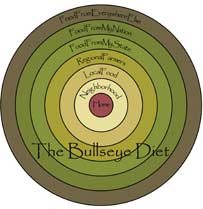 It was mainly Peak Oil that drove me out into my garden with a new mission; no longer just to grow a few tomatoes for fun each summer, but in an effort to grow the majority of the food my family eats. I set out a goal of producing more calories than I consume on my own property and within 5 years. I called my project ‘Growing My Own’. But there were others factors tugging at me, entreating me to take personal responsibility for the needs of my diet.
It was mainly Peak Oil that drove me out into my garden with a new mission; no longer just to grow a few tomatoes for fun each summer, but in an effort to grow the majority of the food my family eats. I set out a goal of producing more calories than I consume on my own property and within 5 years. I called my project ‘Growing My Own’. But there were others factors tugging at me, entreating me to take personal responsibility for the needs of my diet.
And I can see now that there are lots of other people becoming interested in local food and they’re doing so for a variety of reasons. Some of them want to avoid the potential health threats increasingly associated with industrial agriculture. You can get your daily update of just what food has been recently recalled as a health hazard by visiting this handy website the U.S. FDA recall website. The fact that such a site exists is a telltale sign of our increasingly dysfunctional relationship with what we eat. To be sure there have always been local incidents of accidental food poisonings and the like, but now that our system of growing and distributing food is so centralized, the risk of mass contamination from food borne illness is much higher. My favorite example is the recent Castleberry’s Chili recall in which cans were literally bursting with botulism. In the face of all the human health problems swirling around the anonymous origins of industrial food, many people are now opting to get their food from known local sources.
Kate Bosworth Litters at Global Cool
I can’t believe we are following up a happy green post on Orlando & Kate promoting the environment with this.
Says the Mirror:
Bloom was furious when Kate – who plays Lois Lane in Superman Returns – dropped some litter and a cigarette butt at a green charity’s rock festival in Japan. The Pirates Of The Caribbean star was embarrassed because he was there to make a speech…
Our source revealed: “Japan’s very clean and everybody carries around disposable ash trays to stub out their cigarettes.”
“Orlando had a massive go at her. He said they were meant to be there to promote the environment and she was chucking litter around. There was a lot offing and blinding. Kate kept saying ‘nobody saw, I don’t know what your problem is’.”
Orlando, 29, had planned to be at the festival for two days. But they cut short the trip and flew to Tokyo where Kate, 23, was plugging Superman.
We hope the lovebirds don’t let a bit of litter come between them…
As for these “ashtrays to go” that were mentioned? The pouch says: ”The earth is not your ashtray.” Well, actually, it says, “The earth is ont your ashtray,” but we get the picture.
We need this to become popular in the US. Maybe then we’ll stop catching these “green” celebrities, RED-handed.
Iowa State Fair Builds Wind Turbine To Power Rides, Grounds
You know the fair is coming to town when flatbed trucks loaded with rides guaranteed to make you sick start appearing. This year in Iowa, another thing that spins is making an appearance — the creation of a 133ft. tall wind turbine for the Iowa State Fair.
Built by MidAmerican Energy Co. as part of its Renewable Advantage Program, the turbine will power all the rides and grounds for the extent of the fair. According to installers, the entire site could be taken off-grid as a result. We’re guessing this is a 1.65MW variety turbine. From the article,
Electric drag racer
I don’t care who you are, this right here is pretty darn cool. What an interesting way to reuse an old car and make a nice commuter vehicle, although it appear he may have gone overboard!
When the starting light flashed, the Datsun, known as White Zombie, shot silently past the Corvette and kept widening the lead as the two cars faded into the distance. “Oh man, right off the [starting] line he had me,” said the Corvette’s owner, Robert Akers, shaking his head.
